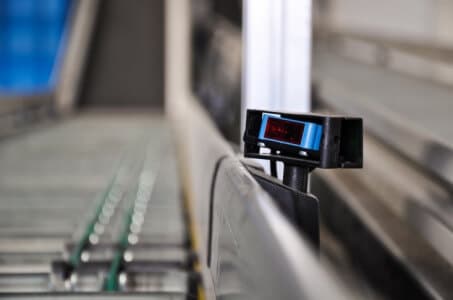Sensor Data Analytics Creating New Possibilities for Business
- by 7wData

For nearly five years now, visitors staying in Walt Disney World Resort hotels in Orlando have received “Magic Bands” before their arrival. These wristbands, similar to fitness trackers, are equipped with RFID technology and sensors that allow them to serve as hotel room keys, park admission tickets, and can be used to charge meals and other purchases to the credit card on file. For those who like to plan ahead, Magic Bands also allow visitors to schedule up to three attractions in advance, and then bypass the lines.
While Magic Bands help simplify a Disney vacation for visitors, the real benefit is to the resort itself. The data collected by Magic Bands can help streamline park operations while also managing surges in traffic. Analysts can use the data collected by the bands to determine typical visitor patterns, track spending, and gain more insight into how people spend their time in the park. The bands required an investment of more than a billion dollars, but the payoff has been a goldmine of data to Disney – and improved experiences for travelers.
Disney isn’t the only company that’s putting the power of sensor data to use. We live in a data-driven world, where the question is no longer “What is 16-bit technology?” but is “How can we put the data being processed by microcontrollers to use?” The answer comes down to sensor analytics, and it’s changing almost everything about how we do business.
Businesses have always relied on data, and these days, most have more data than they could ever have dreamed of in the past. A great deal of that data comes from sensors. For instance, many of us wear fitness trackers to keep track of the number of steps we take each day, or have internet-connected thermostats that keep track of the temperature and adjust automatically to your preferences. On a larger level, utilities are leveraging sensor technology to more effectively monitor power usage, gathering insights about usage patterns and potential problems. Cities are using sensors to control lighting and other city services. Warehouses are using RFID technology and sensors to manage inventory, and keep track of it as it travels to its destination.
In short, sensors are creating massive amounts of data. And with that data, comes new opportunities.
One area where sensor analytics and the IoT in general are creating change is in career options.
[Social9_Share class=”s9-widget-wrapper”]
Upcoming Events
Evolving Your Data Architecture for Trustworthy Generative AI
18 April 2024
5 PM CET – 6 PM CET
Read MoreShift Difficult Problems Left with Graph Analysis on Streaming Data
29 April 2024
12 PM ET – 1 PM ET
Read More




